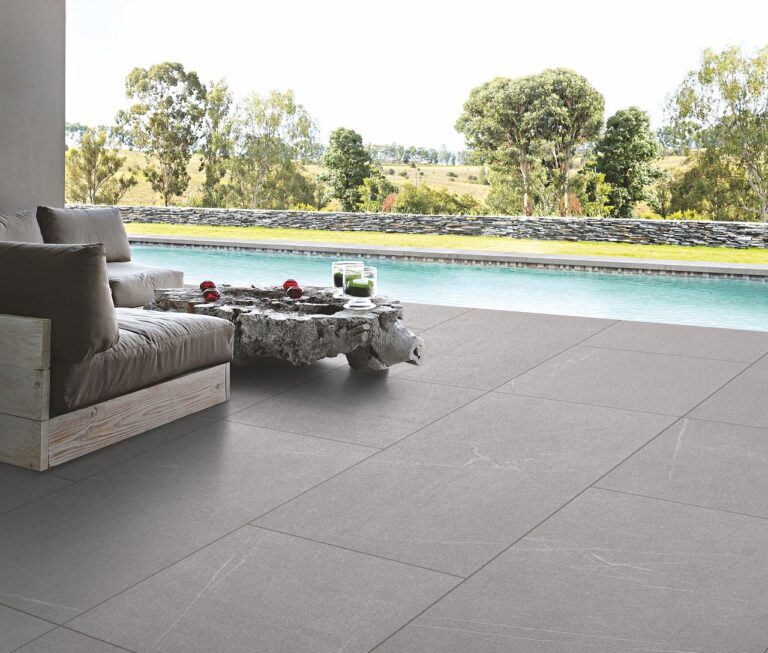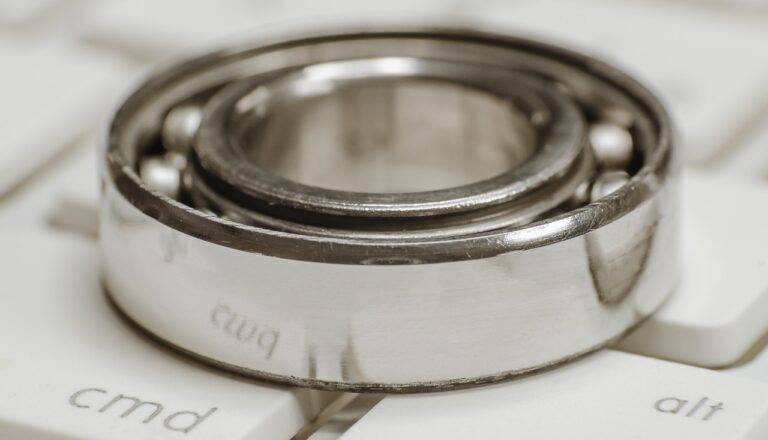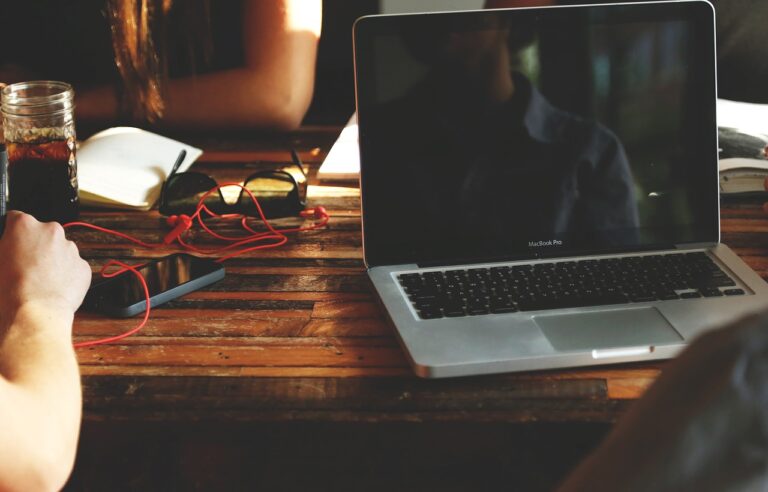Creating a Sustainable Water Management Plan for Your Home
Water conservation in the home is crucial in the efforts to preserve this precious resource for future generations. By taking simple steps to reduce water usage, individuals can contribute to the sustainability of our planet and ensure access to clean water for all. Small changes in daily habits, such as fixing leaks promptly and using water-efficient appliances, can make a significant impact on overall water conservation efforts.
Being mindful of water consumption not only benefits the environment but also helps reduce utility bills. Conserving water in the home can lead to cost savings by lowering water bills and reducing energy costs associated with heating water. With increased awareness and effort to prioritize water conservation, individuals can make a positive impact on both the environment and their household budgets.
Assessing Water Usage in Your Household
One simple way to assess water usage in your household is to monitor your monthly water bill. By keeping track of your water consumption patterns over time, you can identify any spikes or anomalies that may indicate potential leaks or wastage. Additionally, consider installing water-saving devices such as low-flow showerheads and faucets to help reduce water usage without compromising on comfort.
Another effective method to assess water usage is to conduct a thorough inspection of your plumbing fixtures and appliances. Check for any leaks in toilets, faucets, and pipes, as even small leaks can add up to significant water wastage over time. Additionally, be mindful of your daily water habits, such as how long you leave the tap running while brushing your teeth or washing dishes, as these seemingly small actions can contribute to unnecessary water consumption.
Identifying Potential Water Wastage Areas
When looking to reduce water wastage in your home, it’s important to identify potential areas where water may be unnecessarily used. One common culprit is leaky faucets or pipes. Even a small drip can add up to significant water loss over time. Be sure to regularly check your faucets and plumbing for any drips or leaks to address them promptly.
Another area to pay attention to is your toilet. A running toilet can waste a surprising amount of water, sometimes without you even realizing it. To check for leaks, you can add a few drops of food coloring to the tank and see if it seeps into the bowl without flushing. If it does, you may have a leak that needs to be fixed to prevent continuous water loss. Regularly maintaining and monitoring your toilet can help prevent unnecessary water wastage in your home.
Why is water conservation important in the home?
Water conservation is important in the home to help preserve our natural resources, reduce water bills, and protect the environment.
How can I assess water usage in my household?
You can assess water usage in your household by monitoring water bills, checking for leaks, and being mindful of your water habits.
What are some potential water wastage areas in a home?
Potential water wastage areas in a home include leaky faucets, running toilets, inefficient appliances, and overwatering outdoor plants.
How can I fix potential water wastage areas in my home?
You can fix potential water wastage areas in your home by repairing leaks, upgrading to water-efficient appliances, adjusting watering schedules, and practicing water-saving habits.







